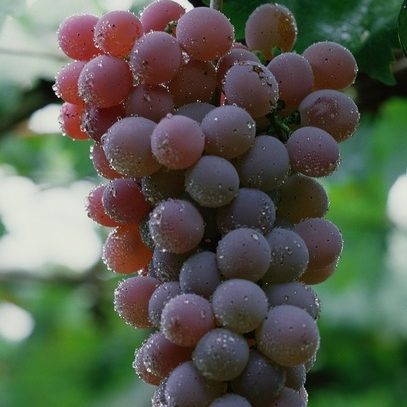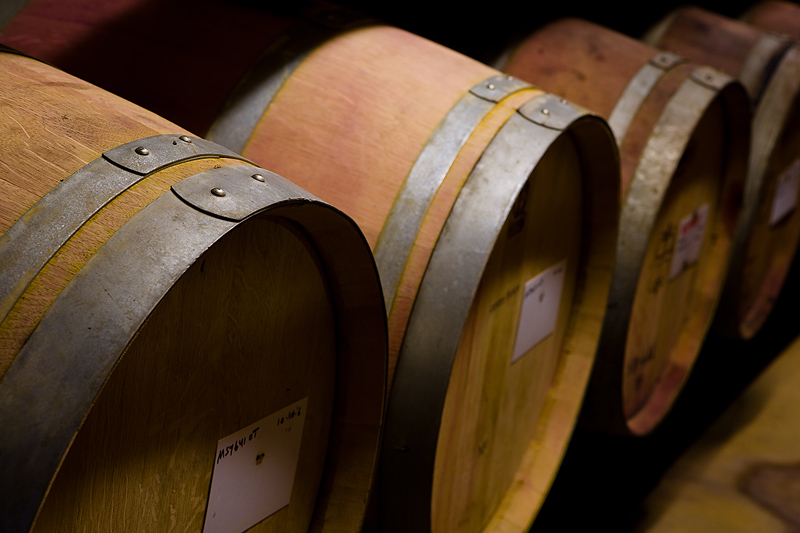Explore Minnesota Wineries!
Get to know some of Minnesota's varieties:

Frontenac
A red grape with flavors of cherry and plum. High in acidity. Makes great red and rose port.

Frontenac Gris
A white wine grape with a characteristic peach flavor. High acidity. Developed in 2003.

La Crescent
Lower acidity with high sugar levels. Makes beautiful white wine.

Marquette
Developed in 2006. This grape offers complex notes of cherry, berry, black pepper, and spice. Makes lovely red wine.
Wine Tasting Tips:
Look at the coloring. Ensure that the lighting is neutral. Appearance tells a lot about the flavor of wine. Be sure to read the label as well.
Smell the wine after giving it a swirl. Red wine needs more aeration than white, so be sure to take a little extra time to give it the air it needs. Think big to small with scents. Herbs, fruits, and florals should come first. Next come aromas from winemaking practices such as cheese rind, nut husk, or stale beer. Lastly, come scents from ageing such as nuts, spices, vanilla, leaves, leather, or tobacco.
Taste with your whole mouth. Use your tongue to detect salty, sour, sweet or bitter notes. In addition, use it to think about the texture of the wine which comes from alcohol content. How does this compare to the texture of water? More ethanol means richer texture, while more tannin creates a drying sensation. Think about how long a flavor lasts and when it appears. This is the "length" of the wine.
Use your head. How does the wine taste, is it balanced? Do you like the wine? What elements stood out to you as good or bad?
Start with a large sip and follow it with smaller ones for a true sample.

**Photos Courtesy of Winehaven Winery, Chankaska Creek Winery, Round Lake Vineyard, and Alexis Bailly Winery.
